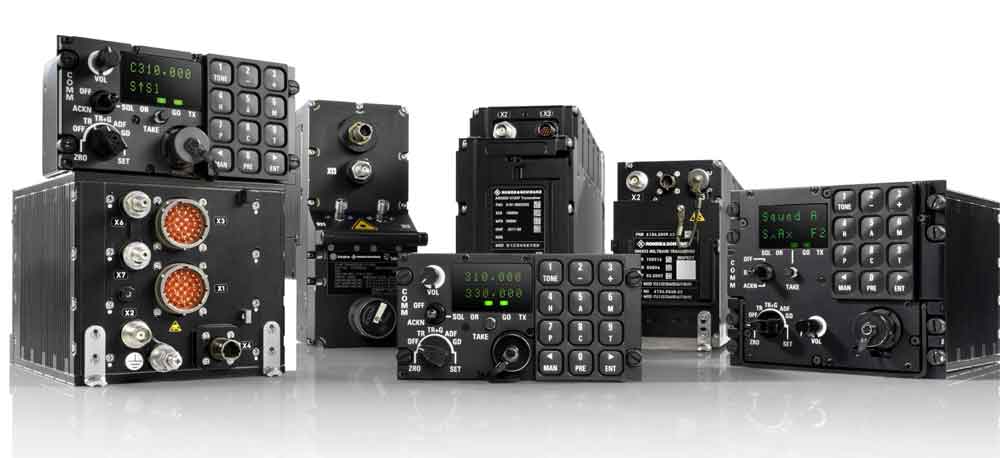New software-defined airborne radio from Rohde & Schwarz
Rohde & Schwarz software defined radio available for the first time in Boeing H-47 Chinook helicopters.
20 April 2018

Rohde & Schwarz has reached an agreement to offer its next-generation software-defined airborne radio (SDAR) into the flight systems of H-47 Chinook helicopters. The R&S SDAR will give operators of the Boeing-built Chinook significant communications capabilities.
“This is yet another example of how we can accommodate unique customer requirements,” said Michael Hostetter, director, Boeing Vertical Lift Programs in Germany. “Customers will enjoy tailorable encryption, frequency hopping, agility, and excellent voice and data connectivity advantages compared to conventional radios.”
This is the first time Rohde & Schwarz’s airborne radios will be available for the H-47 Chinook.
To date, Boeing has delivered more than 900 H-47 Chinook helicopters that are on order or operation in 20 countries, including eight NATO nations; Canada, Greece, Italy, Netherlands, Spain, Turkey, United Kingdom, and the US, allowing for increased interoperability between NATO nations during joint training and deployment operations worldwide.
At ILA Berlin Air Show from April 25 to 29, Rohde & Schwarz will launch a new software-defined airborne radio (SDAR) that can be certified for both civilian and military use
The first customer contracts for the latest SDAR, which combines the advantages of a high data rate with IP-based radio, are currently being implemented.
Bosco Novak, executive vice president of the Secure Communications Division described the latest SDAR as the “most advanced airborne radio for secure military communications.” One of the radio's unique features is that can be certified for civil use.
Rohde & Schwarz says it is the only vendor to meet the civil certification regulations of the European Aviation Safety Agency (EASA). Military aircraft can only be certified and deployed without restrictions, if they meet both military and civil standards. Two radios must usually be carried on board an aircraft to ensure failsafe performance.
The SDAR airborne radio can be used in both applications, which simplifies integration and saves space and weight in the aircraft.
It has been designed as an open platform based on the international Software Communications Architecture (SCA) standard, with a strict separation between the radio’s hardware and software, the waveforms, which makes it possible to port SCA-based waveforms, including those from other manufacturers, as well as legacy waveforms to the radio, providing safety of investment along with backward compatibility with legacy radio systems.
Customers can also create and modify embedded encryption along with the waveforms to provide interoperability between different branches of a country's armed forces and between different nations. National data is protected, and information superiority in joint operations and combined missions can be achieved.
R&S's SDTR vehicular tactical radio and the SDHR handheld tactical radio already incorporate latest generation software defined radio technology and R&S HDR waveforms. The R&S SDAR adds airborne communications capability to ground-based radio networks.